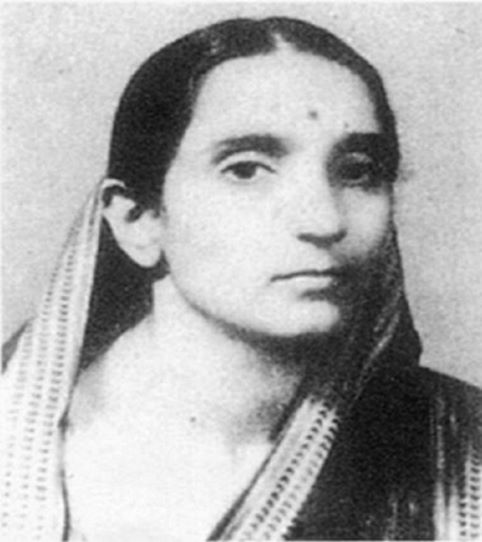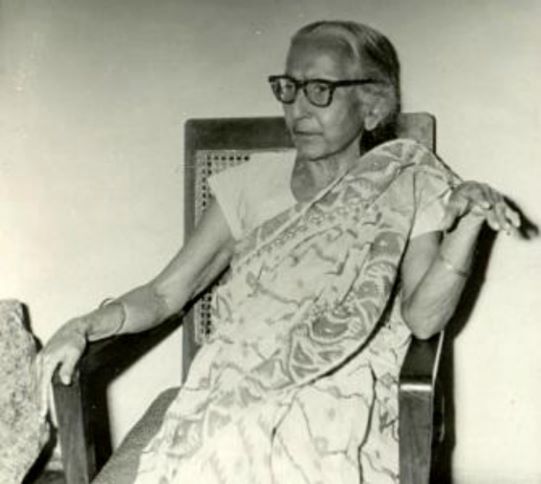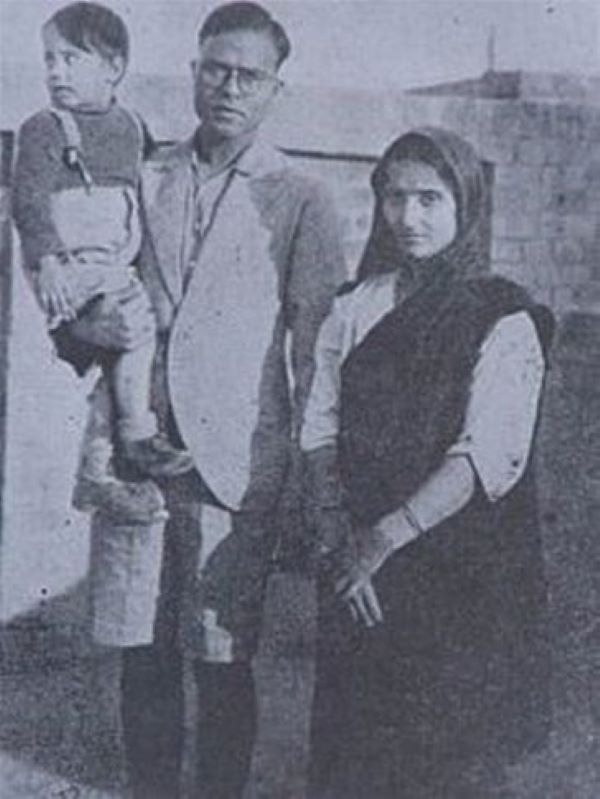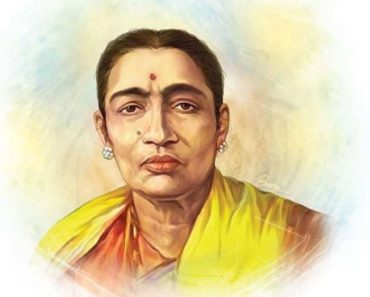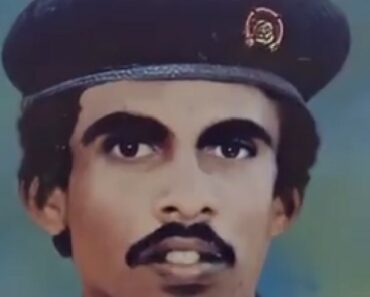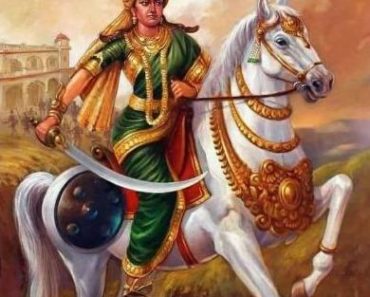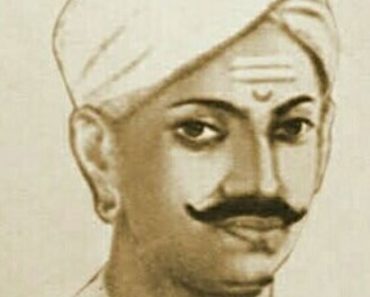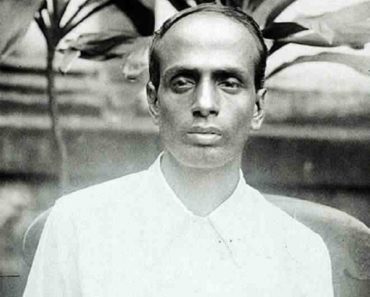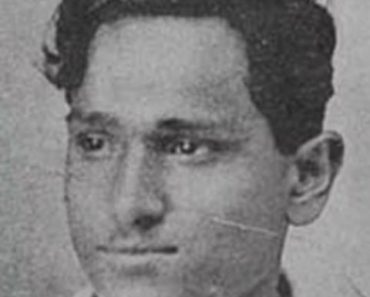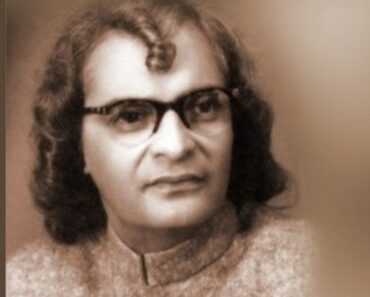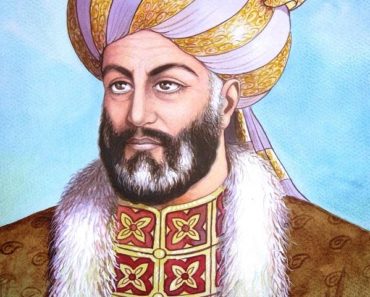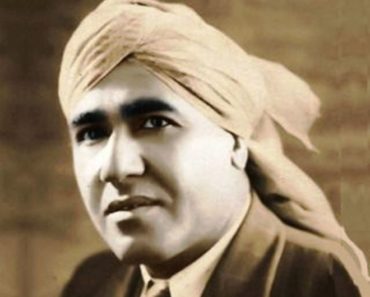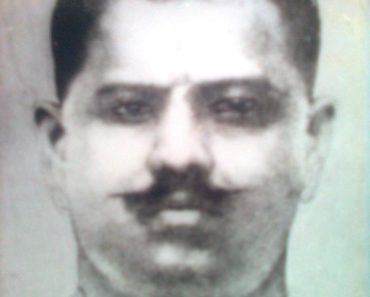Durgawati Devi was an Indian freedom fighter, and she is known for fighting against British rule in India through an arms struggle. She actively participated in the Indian revolutionary movements along with her husband Bhagwati Charan Vohra who was an active member of the Hindustan Socialist Republican Association (HSRA) and that was the reason that she was popular by the name Durga Bhabhi in various revolutionary groups. She is remembered for helping Bhagat Singh and Rajguru in escaping the police arrest soon after the killing of J P Saunders in 1928.
Contents
Wiki/Biography
Durgawati Devi was born on Monday, 7 October 1907 (age 92 years; at the time of death) in Allahabad, United Provinces, British India (present-day Prayagraj, Uttar Pradesh, India). her zodiac sign was Libra. She received formal education up to class fifth. [1]Scroll
Physical Appearance
Hair Colour: Salt and Pepper
Eye Colour: Black
Family
Parents & Siblings
Her father’s name is Pandit Banke Bihari who was a court official at the Allahabad Collectorate. Her grandfather’s name is Pandit Shivshankar, who was a landlord in Shahjpur. She was the only child of her parents. [2]Scroll
Husband & Children
Durgawati Devi got married to Bhagwati Charan Vohra in 1918. Charan Vohra was a revolutionary freedom fighter. The couple had a son named Sachinanda.
Caste
She belonged to a Gujarati Brahmin family. [3]Scroll
Revolutionary Activities
The Naujawan Bharat Sabha was joined by Durgawati Devi after her marriage to Bhagwati Charan Vohra. She is known for organising the funeral procession of freedom fighter Jatin Das from Lahore to Calcutta after he died while he was protesting against the British rule for 63 days of hunger strike in Lahore jail, and the procession was joined by a huge crowd. The revolutionary organisations often gave the responsibility to procure weapons to Durgawati Devi, and in 1930, she was seen with pistols hiding in her clothes by the then editor of the Hindustan Times, JN Sahni, in a secret meeting in Delhi. Soon after the surrender of Bhagat Singh under the charges of the Assembly bomb-throwing case, she tried to kill Lord Hailey in 1929. Lord Hailey was left unhurt in the bomb blast, but many of his companions died. Later, she was sent to jail for three years by the British police. During the freedom fighting movements, a bomb manufacturing factory, Himalayan Toilets, was operated by Vimal Prasad Jain with the help of Durgawati Devi and her husband at Qutub Road, Delhi. Picric acid, nitroglycerine, and fulminate mercury were some elements that were used by them to make bombs against the British empire in India. On 19 December 1928, soon after the killing of John P. Saunders, to escape the British police force, Bhagat Singh and Shivaram Rajguru called Durgawati Devi to help them, and the next day, they concealed their identities and physical appearances and boarded a train from Lahore to Bhatinda. Durgawati posed as the Wife of Bhagat Singh, and Rajguru posed as their servant. They bought two first-class tickets and a third class. She also took her infant son with her. Bhagat Singh shaved his beard and cut his long hair and wore western attire during the escape. They travelled along with the loaded guns and reached Howrah, where Durgawati and Bhagat Singh landed. Rajguru left for the Benares station. Durgawati Devi went back to Lahore a few days later.
The Lamington Road Outrage
Durga Devi was involved in a shooting incident that happened outside the police office in Lamington Road in South Bombay at the midnight on 8 October 1930. In this shoot, a European couple was targeted by Durgawati Devi. Later, this incident was regarded as the first instance in the Indian revolutionary activities when a woman participated in a terrorist outrage. A police sergeant and his wife were the two victims of the shoot. During the shoot, Sergeant Taylor was hurt in the hand, and his wife was shot three times in the leg. The witnesses of the shooting stated to the police that three people sitting in a moving car fired shots from more than one gun. Later, police traced the car, which led to the clue of its driver, J.B. Bapat, who after five days of interrogation, stated to the British police that one of the shooters in the car was a Gujarati woman, who was wearing male attire. The police concluded from this statement that a woman was travelling in the car along with her husband and eight-year-old son. This assumption of police was inaccurate; however, police started searching the lady named Sharda Devi on the description of the witness who described her as a young, fair, good looking woman, dressed in khaddar. Later, she was captured and awarded imprisonment for two months under the Special Powers Ordinance from 28–9–1932. Further, she was sent to Lahore Jail, and British police extended her imprisonment for a year under the preventative detention of suspects act. In 1935, she was released from jail, and soon after the release, she continued her matriculation education. In 1936, Durgawati Devi started teaching at Pyare Lal Girls School, Ghaziabad. Later, all the charges against her were dropped after the amnesty was issued to political prisoners by the British government.
Congress Party President
In 1937, Durgawati Devi started participating in revolutionary activities and joined the Congress party as its president at the Delhi Congress Committee Meet in 1938. During this meeting, Durgawati Devi helped in arranging a reception for the released prisoners of the Kakori Conspiracy Case. In the same year, for the second time, Durgawati Devi was arrested for her involvement in a ‘Hartal’ or protest as a leader of the Congress party. She was detained for a week.
Death
Durgawati Devi died a natural death on 15 October 1999 in Ghaziabad, Uttar Pradesh, India. She was 92 years old at the time of death. [4]Amrit Mahotsav
Facts/Trivia
- She is also known by the name Durga Bhabhi in the history of the Indian freedom struggle. [5]The Better India
- Durgawati Devi was very young when her mother died, and her father left Durgawati Devi with her aunt who raised her. Her father went to Teerath Sannyas soon after the death of her mother.
- Bhagwati Charan Vohra married Durgawati Devi when she was only eleven years old. They parented a baby boy named Sachinanda in 1925. Later, she started teaching at a girls’ college in Lahore and taught there till 1929.
- During Bhagat Singh and his companions’ court proceedings, Durgawati Devi sold her jewellery worth Rs. 3000 to rescue them. [6]Young Bites
- Durgawati Devi started a school for underprivileged children in 1935.
- In Indian history, she is remembered by the name ‘The Agni of India.’ She fought against British rule during India’s struggle for freedom. [7]Azadi Ka Amrit Mahotsav
- Professor Bhagwati Charan Vohra planned to free Bhagat Singh from Lahore jail and died while he was testing a bomb on the banks of the river Ravi.
- In 1928, during the escape from British police, Bhagat Singh had transformed himself in such a way that even Durgawati Devi could not recognize him. While talking about this appearance of Bhagat Singh, Shivaram Rajguru once stated,
If Devi could not recognise Singh in his changed clean-shaved appearance despite knowing him well, surely the police would also not recognize him as they would be looking for a bearded Sikh.”
- In the film Rang De Basanti, which was directed by Rakeysh Omprakash Mehra in 2006, Durgawati Devi’s small reference character was portrayed by Indian actress Soha Ali Khan.
- The character of Durgawati Devi was portrayed in the seventh episode of the television show Adrishya, which was telecasted in 2014 on EPIC channel.
References
| ↑1, ↑2, ↑3 | Scroll |
|---|---|
| ↑4 | Amrit Mahotsav |
| ↑5 | The Better India |
| ↑6 | Young Bites |
| ↑7 | Azadi Ka Amrit Mahotsav |

